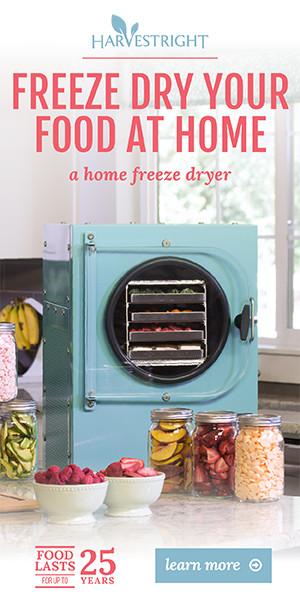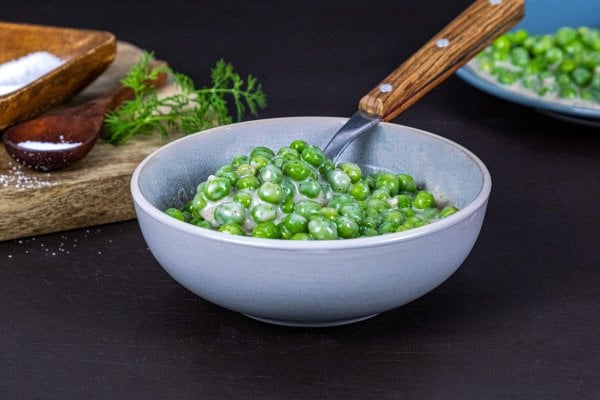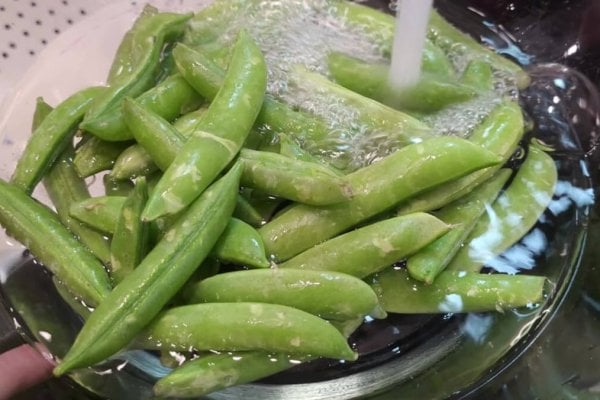Did you know that in the United States, ammonia is one of the most commonly produced chemicals? This compound, made from nitrogen and hydrogen, is an effective cleaning product found in many homes. However, despite its cleaning benefits, using ammonia requires caution. Use this guide to understand the necessary safety precautions and safer natural cleaning alternatives.

Why I Don’t Use Ammonia
I won’t deny that ammonia is great for cleaning and is cheap. Because it’s alkaline, ammonia is perfect for removing grease, grime, and stains, especially on glass, tile, and countertops. It dries up quickly, leaving glass and mirrors streak-free, and it helps with tough stains like hard water marks.
However, I have found that the following natural cleaning alternatives are safer and just as effective, so there is no need for ammonia in our home. Click any of the posts below to learn more about these safer and natural household cleaning products:
- Versatile Uses for Borax Around Your Home
- Vinegar Uses: Discover Surprising Household Hacks
- Baking Soda Uses: Cleaning Tips & Household Hacks
- Washing Soda Uses: My Top Tips for Clean Living
- Unexpected Dish Soap Uses – Tips & Tricks!
- Versatile Cream of Tartar Uses in Your Home
- Hydrogen Peroxide Uses: Clever Cleaning Tips
- Versatile Epsom Salt Uses for the Home

What Is Ammonia?
Ammonia is a colorless gas with a recognizable odor. It is a mix of nitrogen and hydrogen with the formula NH3. Bacteria breaking down compounds naturally produce it. But it can also be synthetically produced in factories.
This makes it very versatile, including use in household cleaners, fertilizers for farms, and plastics and explosives manufacturing.
Health Risks of Ammonia Exposure
Using cleaning products with ammonia often can be dangerous for health and requires critical safety measures.
Ammonia is highly flammable and can light up with just 15% in the air around you, so good airflow is crucial when handling ammonia. (Source) Handling ammonia requires proper equipment like gloves and goggles (Source) to protect you from the following health risks:
- Eye, Nose, and Throat Irritation – Exposure to elevated levels of airborne ammonia can burn the eyes, nose, and throat and might lead to serious lung and eye damage or even death. (Source) Smelling ammonia at lower levels can still make you cough and irritate your nose and throat. Children are more at risk from ammonia because it is more concentrated in their smaller bodies. (Source)
- Respiratory Issues – Ammonia can worsen asthma and cause asthma attacks even at low levels. (Source)
- Skin Irritation – Direct contact with ammonia, such as rubbing your eyes with ammonia or getting it on your skin, leads to skin burning and irritation. (Source) If your skin touches strong ammonia, it can burn you badly or even make you blind. (Source)
- Ingestion Hazards – Swallowing ammonia is extremely dangerous for your stomach and gut and burns your mouth, throat, and stomach. Lab tests can’t quickly show ammonia poisoning, and there’s no direct cure. Suspected ingestion is clearly dangerous, though, and needs attention. (Source)
Finally, never mix ammonia and household bleach because it produces a toxic and potentially deadly chloramine gas. Breathing this gas can cause terrible effects, such as nausea, wheezing, shortness of breath, pneumonia and fluid in the lungs.

Natural Alternatives for Ammonia Uses
Fortunately, there are safer ways to clean that don’t pose these kinds of health risks. Try these natural cleaning methods as an alternative to using ammonia.
| Common Ammonia Use | Safer Alternative Method |
|---|---|
| Oven and Stove Top Cleaner | Baking soda is a wonderful grease absorber. Mix baking soda with water to create a paste. Use it to scrub your oven and cooktop. Then, wipe away with a damp cloth. |
| Make Crystal Stemware Shine | Hand wash and rinse stemware as normal. Then, mix salt with just enough vinegar to create a paste. Using a sponge, gently scrub the stemware. Rinse and polish dry with a lint-free cloth. |
| Soap Scum and Hard Water Stains in the Bathroom | Borax and vinegar make a powerful combination to fight soap scum and hard water stains that can build up on bathroom surfaces. Combine 1/4 cup Borax with 1/4 cup vinegar. Add to a spray bottle with hot water and use to clean shower walls, sinks, tiles, and doors. |
| Mold and Mildew | One cup of Borax mixed with a gallon of warm water is an effective solution for removing mold and mildew stains in the bathroom and on patio furniture. |
| Window Cleaner | Instead of ammonia, use this DIY glass cleaner to keep your windows sparkling clean. |
| Carpet Cleaner | Borax provides an easy way to clean carpets. Just sprinkle Borax on your carpet, let it sit for a few hours, then vacuum it up. |
| Laundry Stains | Try these solutions for tough laundry stains. – Vinegar for underarm stains and ring around the collar – Hydrogen peroxide for blood stains on white clothes (note: hydrogen peroxide will bleach colored clothing) – Dish soap for grease stains – Baking soda for grass stains – Cream of tartar for ink stains – Washing soda for heavily soiled clothing – Borax for general stains |
| Fireplace Doors | A 50/50 vinegar-water solution is effective in removing soot. Simply spray to saturate the area, scrub with a soft-bristled brush, and wipe away with a clean cloth. |
| Repelling Moths | Clean surfaces with a 50/50 vinegar and water solution, and repel moths using sachets containing herbs like lavender, rosemary, and bay leaves. |
| Eliminate Paint and Other Household Odors | To eliminate residual odor from a freshly painted room, place open bowls of vinegar in the offending areas. As the vinegar evaporates, it absorbs and eliminates the smell. |
| Jewelry Cleaner | Mix a few drops of dish soap into warm water. Soak jewelry for 10 minutes and gently brush with an old toothbrush. Re-soak the jewelry for 10 more minutes, re-brush (if needed) and polish with a lint-free cloth. Rinse under cold water and dry or polish again with a lint-free cloth. |
| Cleaning Tarnished Brass | Combine one teaspoon of salt with half a cup of vinegar to create a polish. Allow the salt to dissolve, and then add enough flour until the mixture forms a paste. Apply the paste to the tarnished brass, let it sit for ten minutes, rinse, and polish with a chamois cloth. |
| Garden Fertilizer | Household ammonia contains chemicals that are not suitable for gardens. Instead, use homemade compost and DIY compost tea to keep your plants thriving. |
| Insect Bites | Ammonia should never be applied to the skin. Instead, mix a tablespoon of baking soda with enough water to make a paste and apply to insect bites and stings to lessen pain and itching. |
| Concrete Stains | Simple dish soap can rectify dirt, oil spills, and other stubborn stains that discolor concrete. First, wet the area with water. Mix a small amount of dish soap with warm water in a bucket, and scrub the area with a stiff-bristled brush. Rinse and repeat as necessary. |
Ammonia is really versatile, but when other effective and easily accessible options are available, using ammonia in the home is unnecessary. Give these alternative methods a try, and you will be amazed at how easy it is to clean your home using natural and safe alternatives!

Other Posts You May Enjoy
- Toxins in Common Household Cleaners
- Difference Between Cleaning and Sanitizing Explained
- Baking Soda Uses: Cleaning Tips & Household Hacks
- Washing Soda Uses: My Top Tips for Clean Living
- Unexpected Dish Soap Uses – Tips & Tricks!
- Hydrogen Peroxide Uses: Clever Cleaning Tips
- Versatile Cream of Tartar Uses in Your Home
- Versatile Epsom Salt Uses for the Home


















